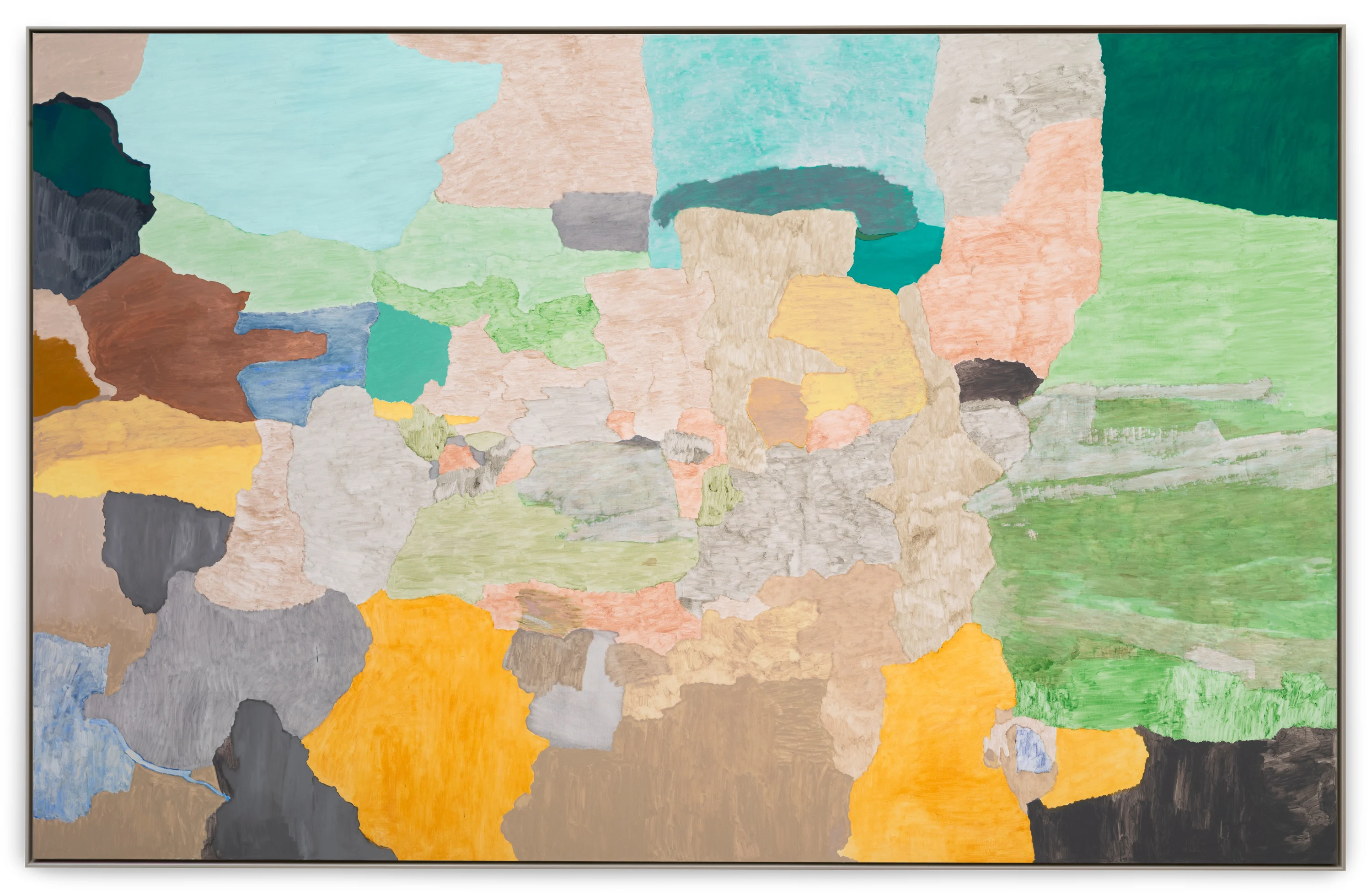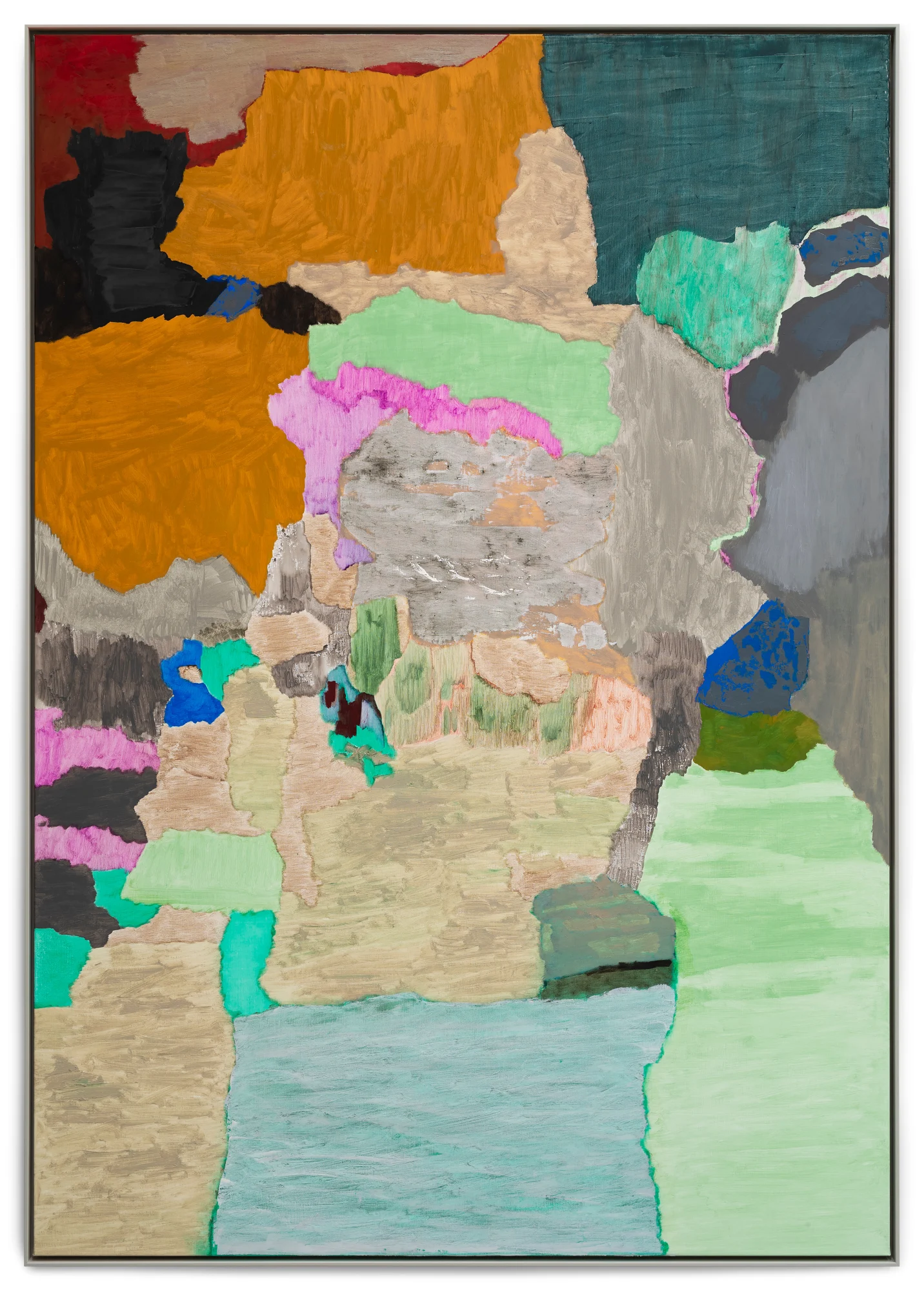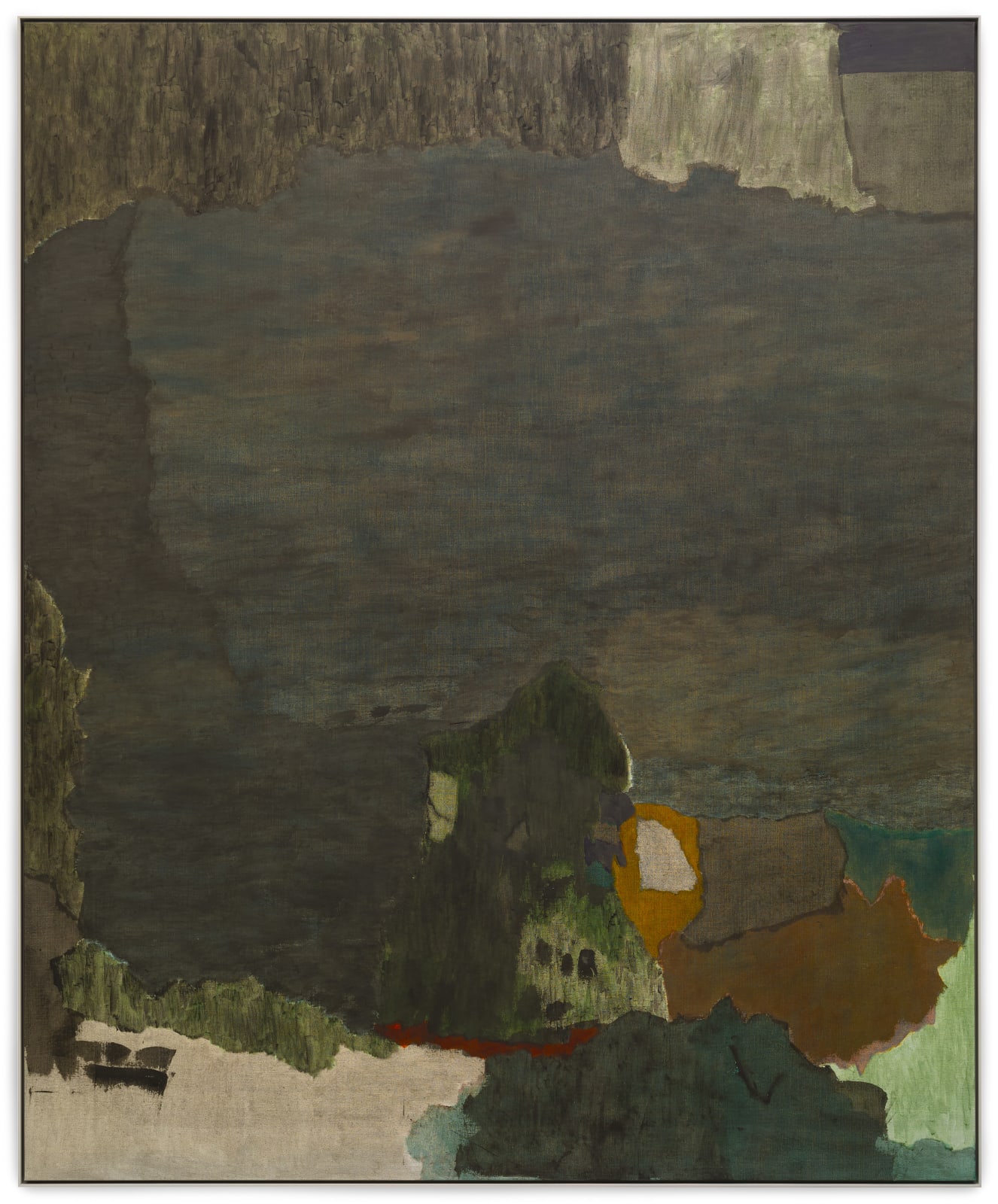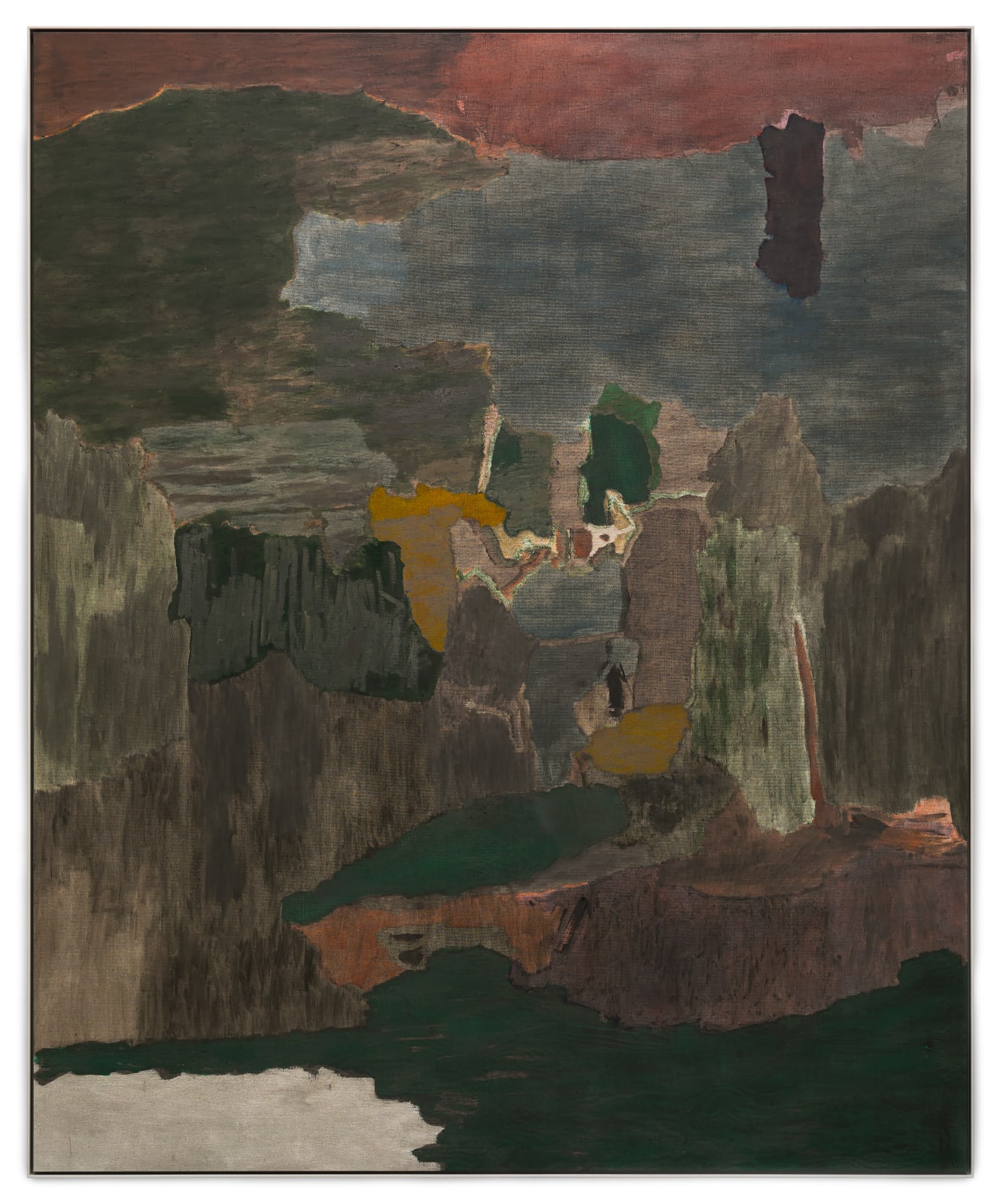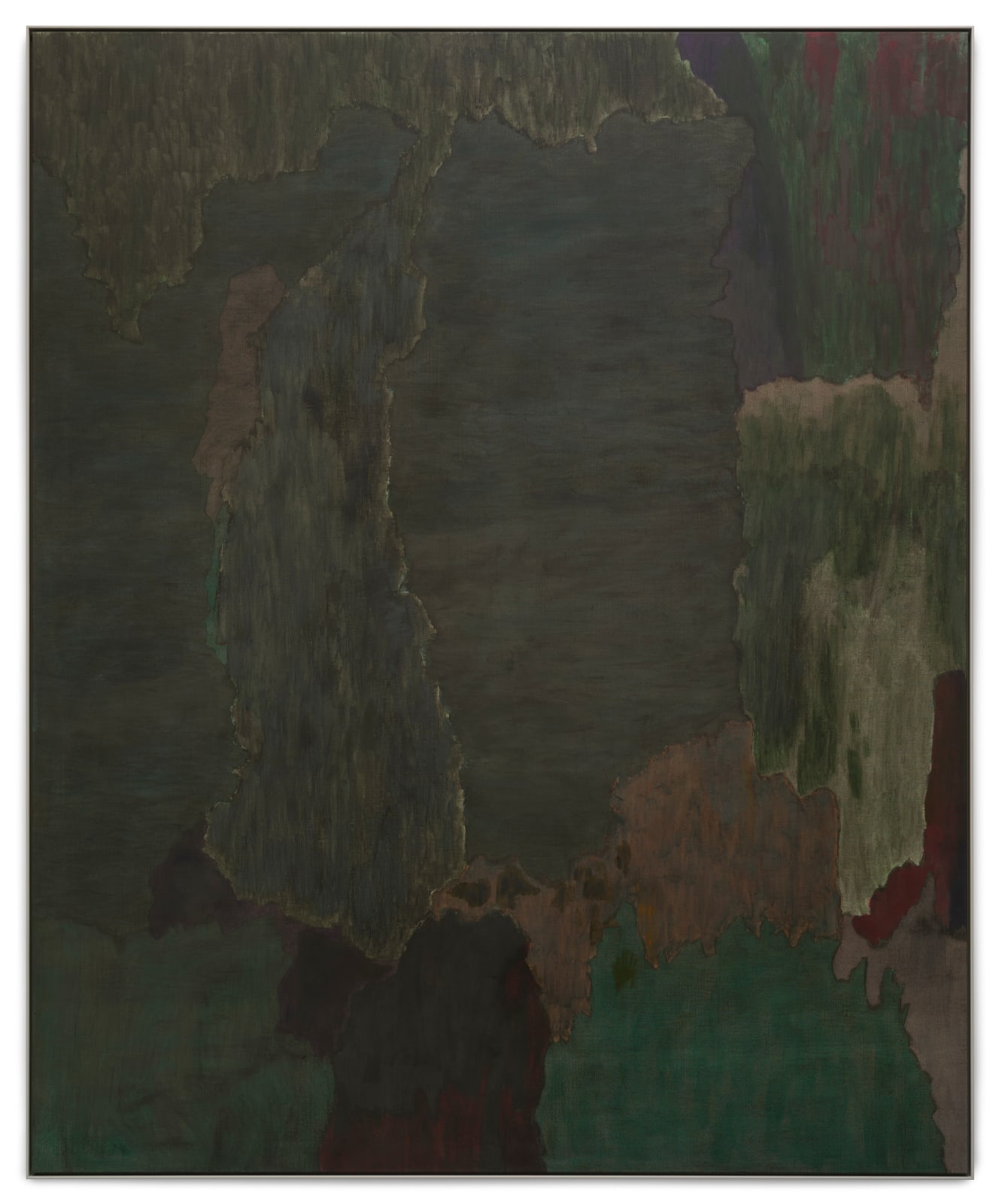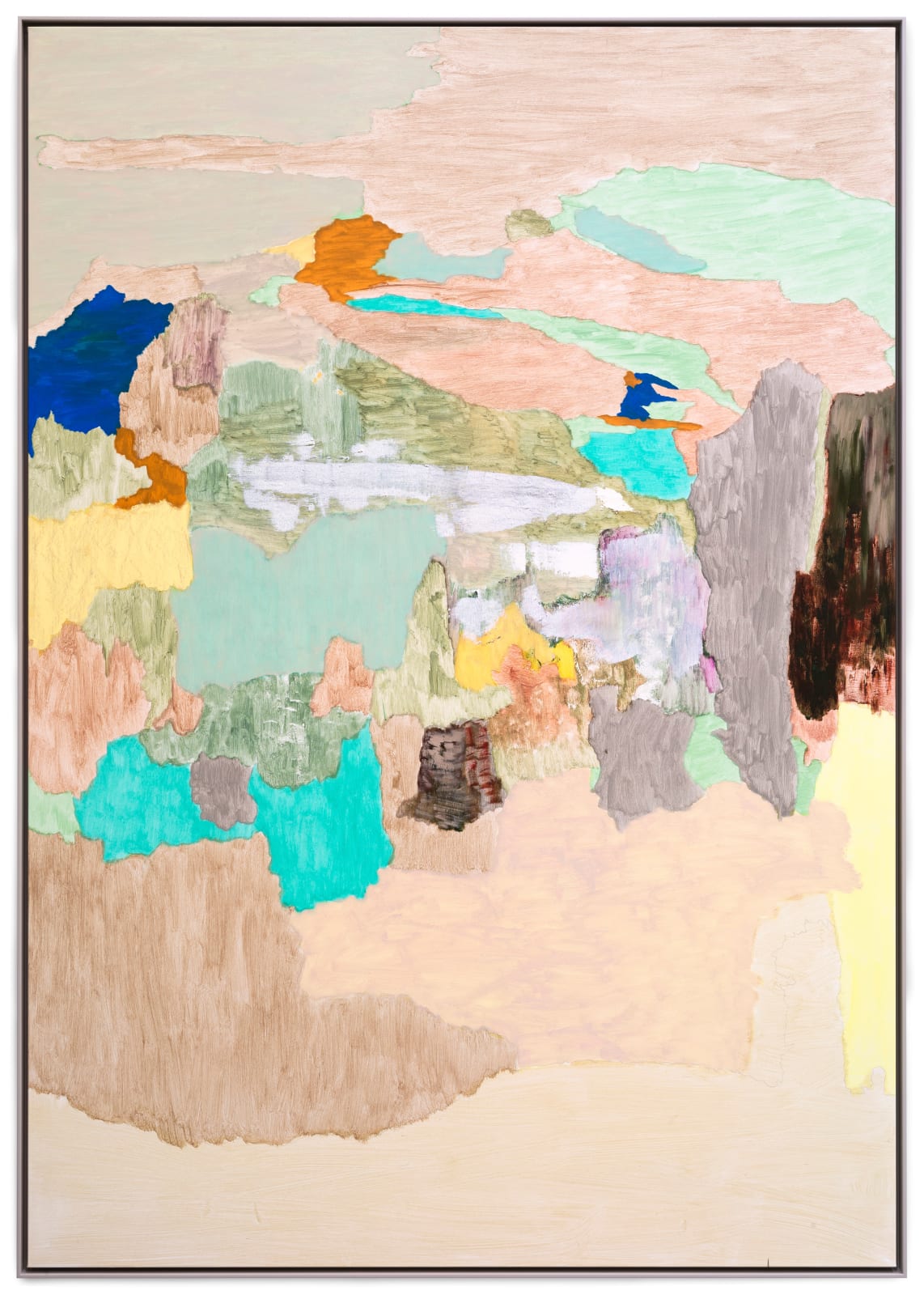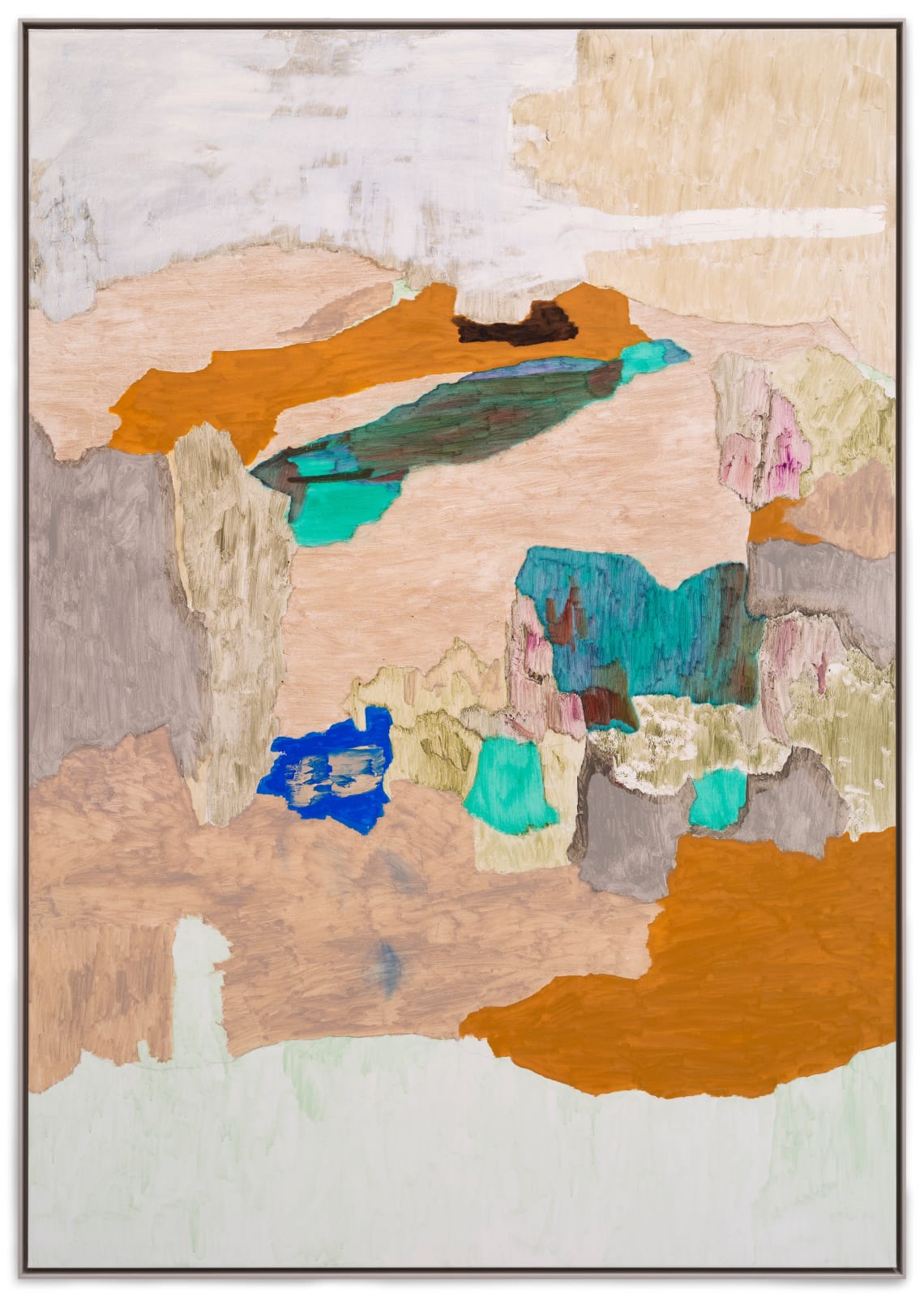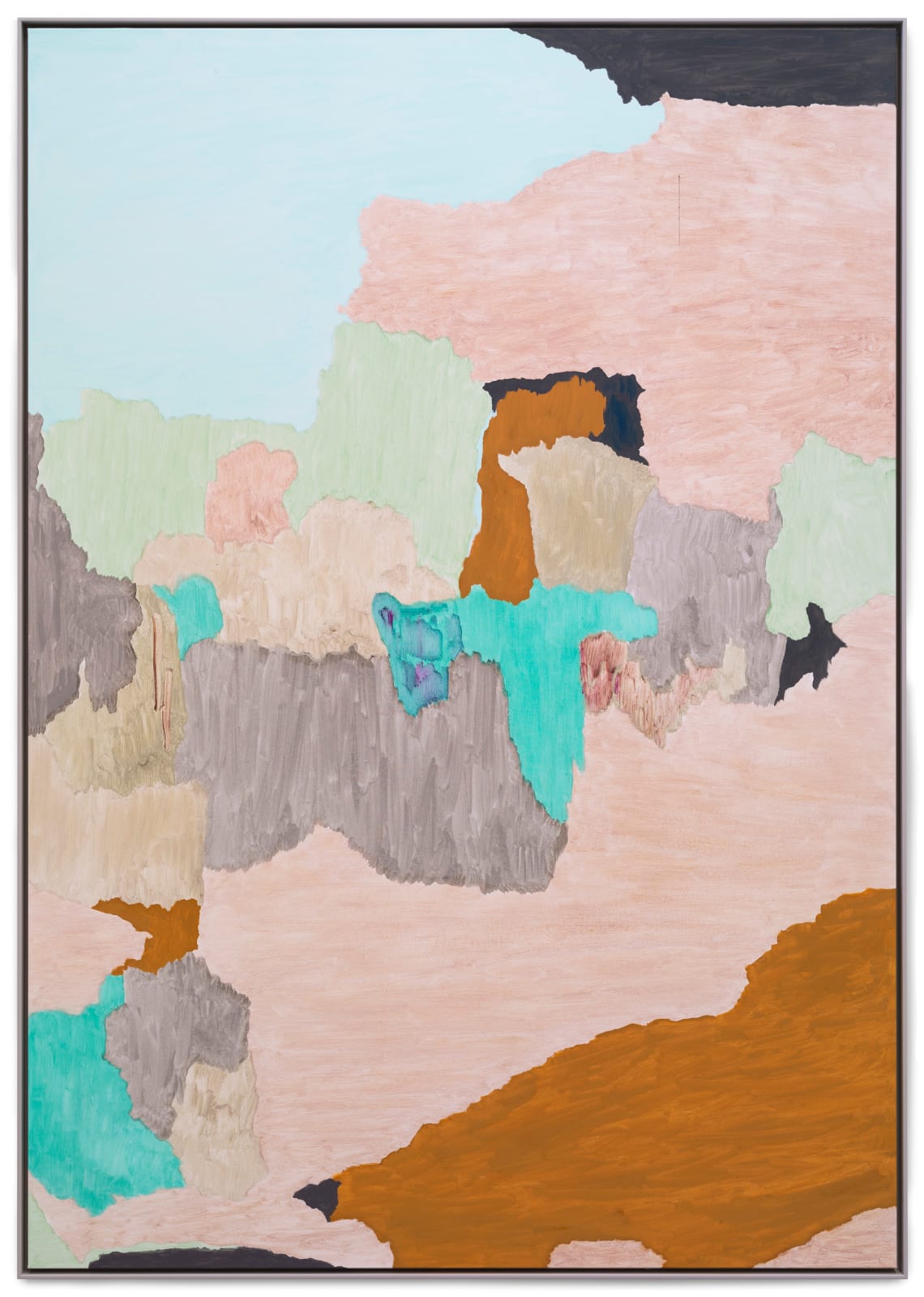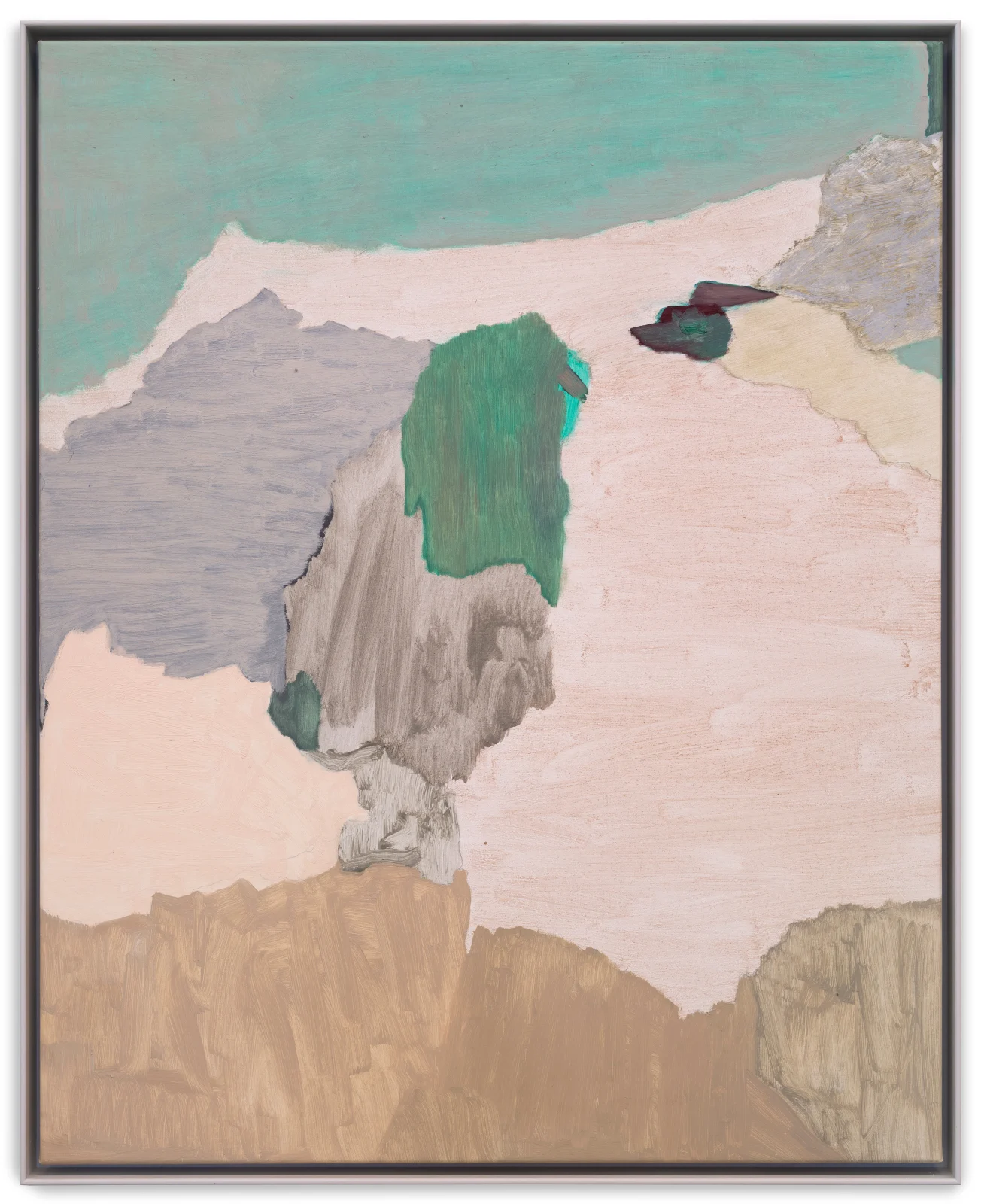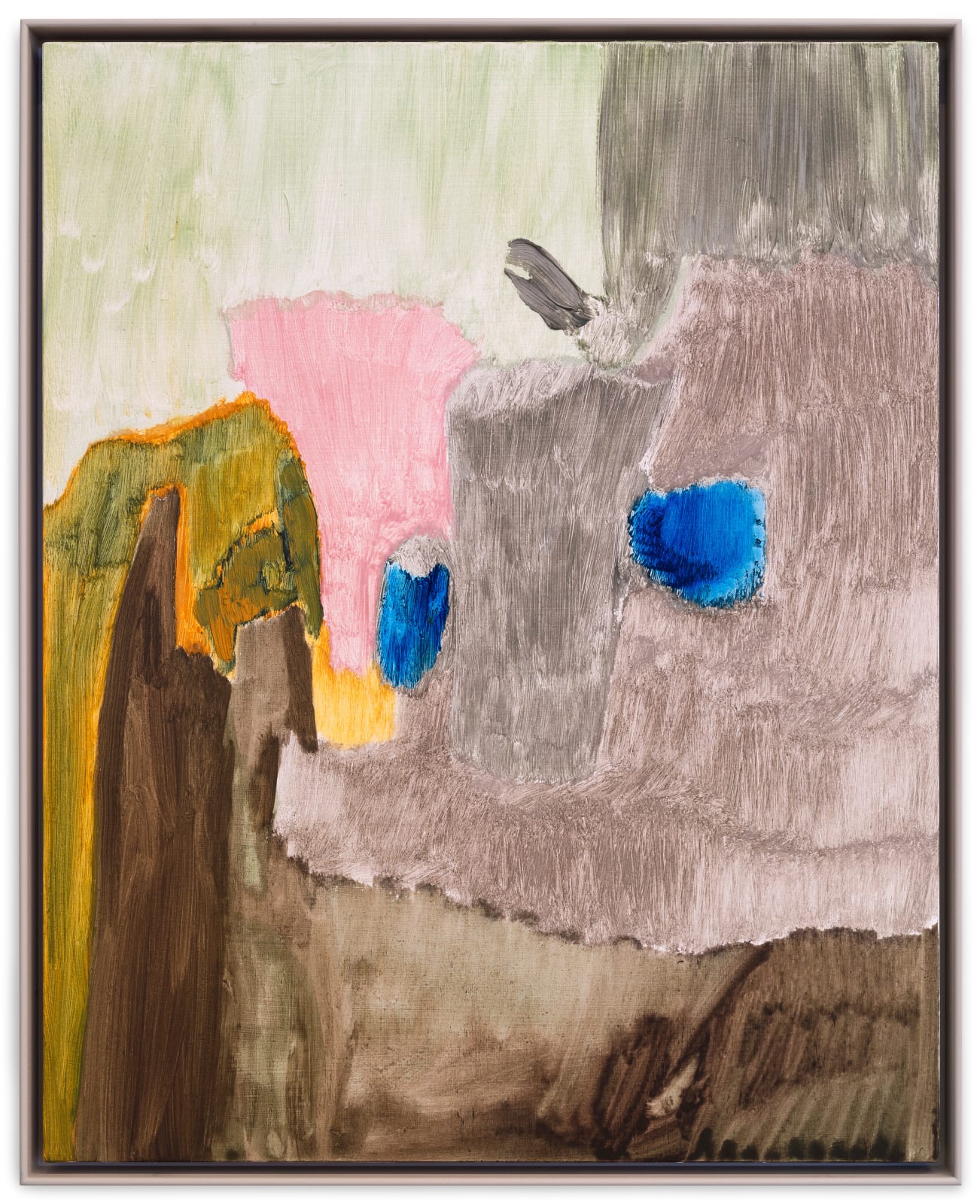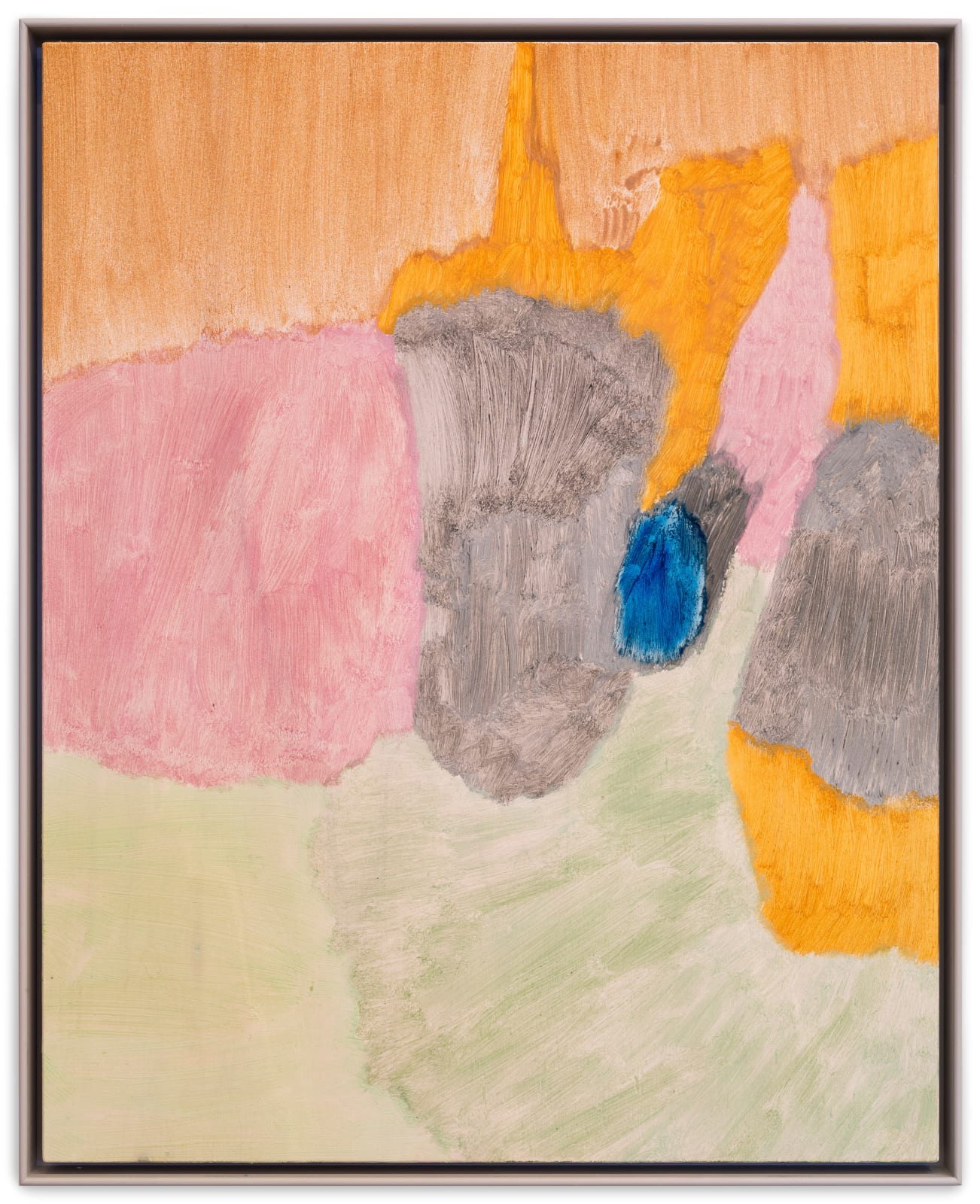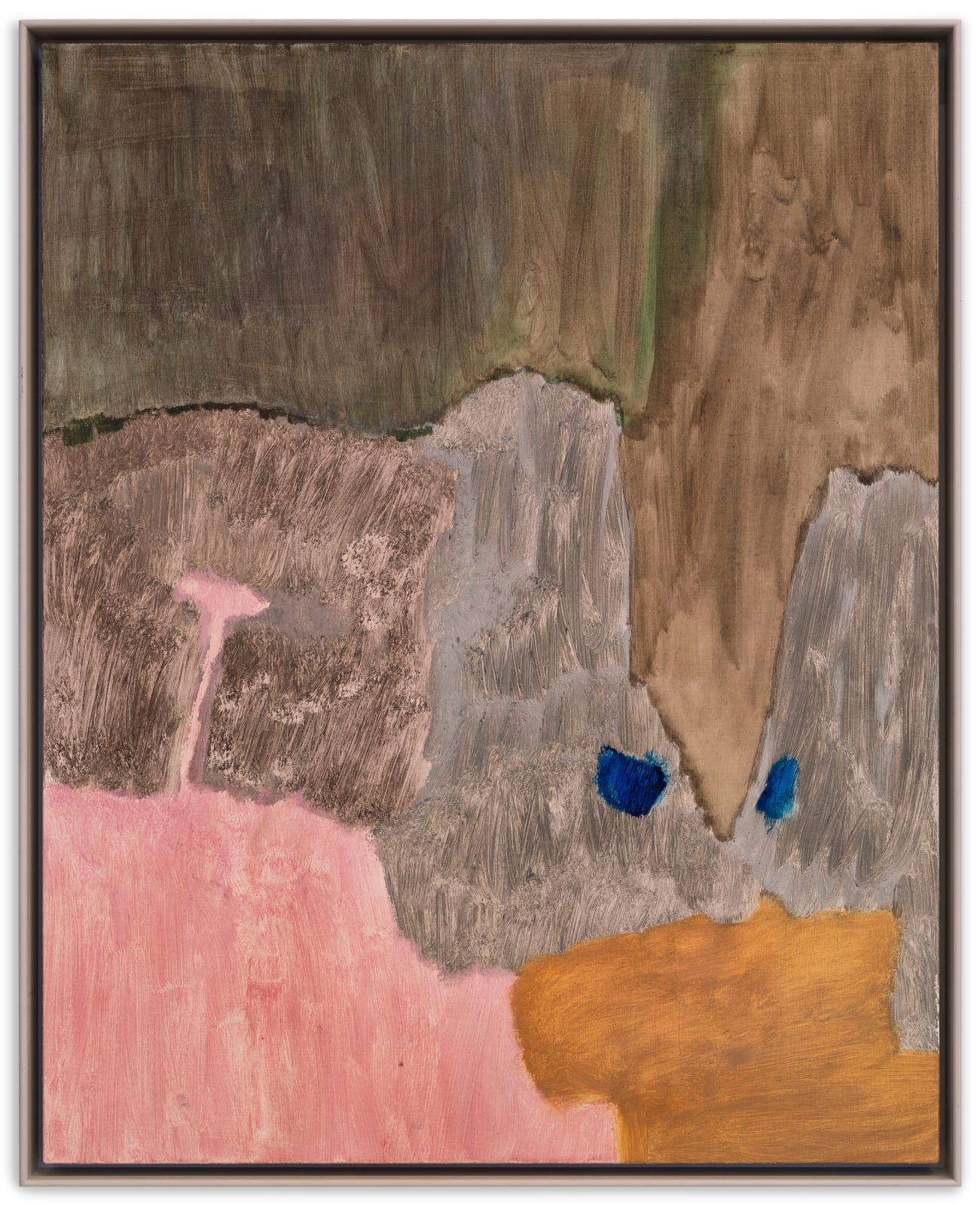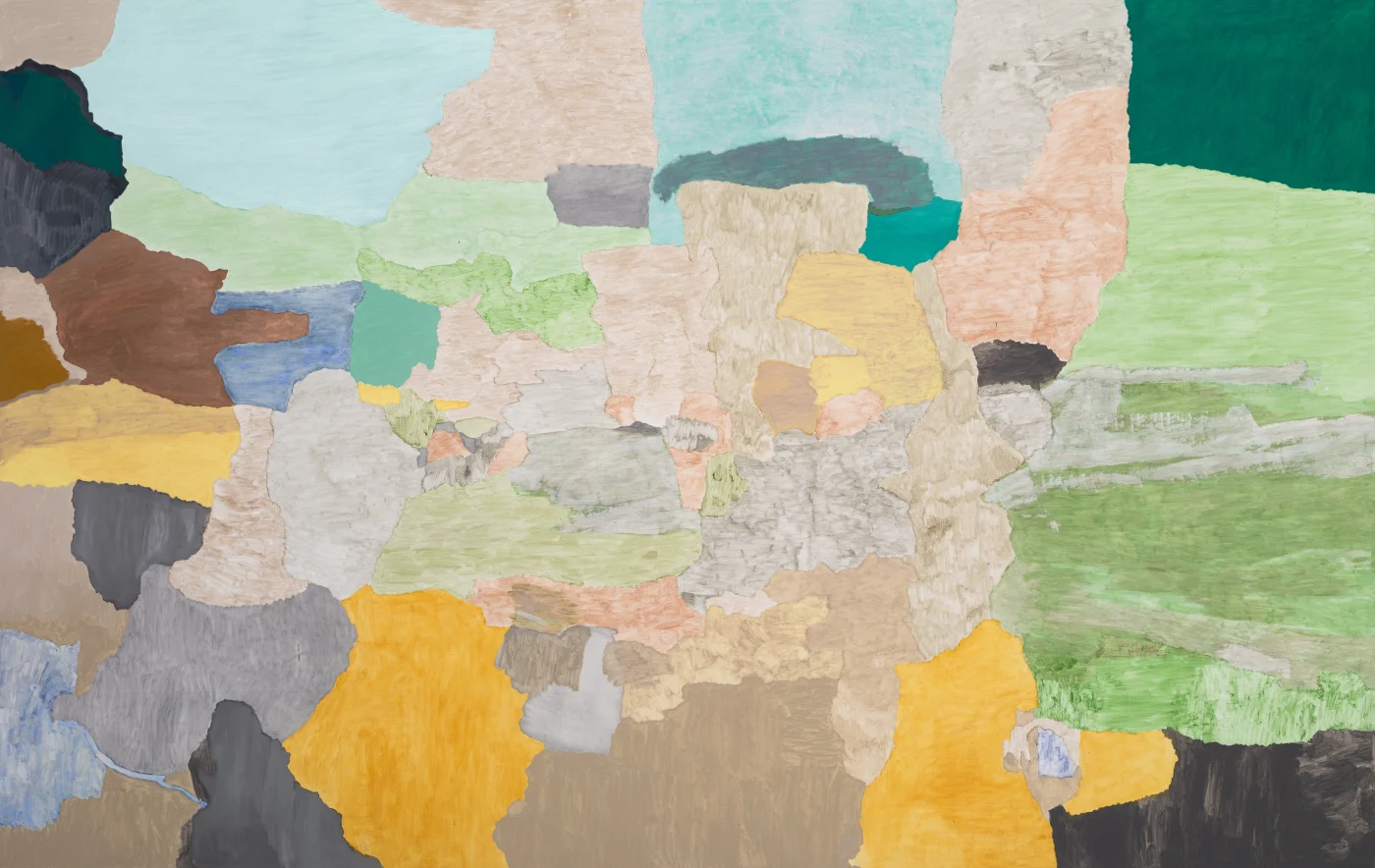Overview
Stephen Friedman Gallery presents Two Columns and a Sunny Day, an exhibition by Swedish artist Andreas Eriksson.
Stephen Friedman Gallery presents Two Columns and a Sunny Day, an exhibition by Swedish artist Andreas Eriksson. The show, which is at the gallery’s recently opened New York location, marks Eriksson’s solo debut in the US. Featuring large-scale paintings, the exhibition continues the artist’s exploration of painting as an act of deep contemplation and reflective engagement.
In his diverse practice encompassing painting, tapestry, sculpture, printmaking, photography, and mixed media installation, Eriksson explores the intersection between art and nature - carefully merging the material and the conceptual. His research is rooted in extensive observation of his surroundings in the Lake Vänern and Medelplana region in Sweden, where he currently lives.
Stephen Friedman Gallery presents Two Columns and a Sunny Day, an exhibition by Swedish artist Andreas Eriksson.
Studio Video

Hovering between abstraction and figuration, this large-scale painting draws the viewer into a conceptual investigation of Andreas Eriksson’s rural surroundings in Medelplana, Sweden.
The painting is dominated by varying shades of blue and grey, also incorporating the artist’s characteristically subtle palette of earthy and botanical hues. Conveying a haptic quality, the loosely painted clusters of colour recall topography as well as natural details such as trees, earth and rock formations.
‘Eriksson has everything within reach. He can choose to look down or far away, pan the landscape or study it closely in its details, in the pattern of the bark or the veins of a leaf. His artistic process is closely related to memory.’
Walker, Sara, ‘Random Memories’ in Andreas Eriksson, Sveriges Allmäna Konstförening & DCV, 2021

This painting is an expansion of Swedish artist Andreas Eriksson’s body of dark paintings, a departure from his typically subtle palette of botanical and earthy hues. Inspired by the experience of flying over the landscape at night, the dark paintings investigate the play of imagination and how the mind’s eye can imprint shapes upon darkness. Eriksson describes this kind of visual experience as ‘very much in dialogue with painting and how you should look at paintings. You have to accept the illusion and the optical trick in painting to be able to enter it somehow.” The artist invites the viewer to project their own imagination onto the works, drawing out shapes and images that are individual to their perception. In this way, the works are simultaneously portraits of the landscape but also portraits of the experience of viewing and the experience of painting.

Echoing the woven grid of the canvas, pigment is applied using contrasting vertical, horizontal and slanted brushstrokes that recall the repetitive stitches employed in Eriksson’s tapestries.
The artist explains, "I use [canvas] as an entry point to start the painting process [...] I like to apply the paint thinly onto the canvas with hard brushes and I do not use turpentine. In this way, the structure of the canvas comes through very strongly."
‘Eriksson’s painting begins nowhere and ends nowhere, but erosion can take place all over the surface. In some of his works, a flow of brushwork suddenly stops; in others the underlying colour returns like a vein further into the picture, only to be painted over and reappear.
In nature, material that percolates down through water and settles on the bed or floor is called sediment. Eriksson’s paintings nearly all have a hidden surface, a layer that is as significant as the immediately visible one. Eriksson is always taking new roads in his practice, and many times they are far more intimate and personal than they first appear.’
Walker, Sara, ‘Random Memories’ in Andreas Eriksson, Sveriges Allmäna Konstförening & DCV, 2021

Variously gestural and controlled, the soft dynamic of Eriksson’s visible brushstrokes reflects the complex evolution of the natural world. Spanning dualities such as lightness and heaviness, illusion and reality, this painting embodies Eriksson’s nuanced meditations on the Swedish landscape.
‘Throughout his career, Eriksson has broken away from expectations. He often mentions how a painting initially feels wrong but how there’s still a point to its obvious failure. Partly because the failure can trigger new ideas, but also because of the capacity of failure to be liberating.’
Walker, Sara, ‘Random Memories’ in Andreas Eriksson, Sveriges Allmäna Konstförening & DCV, 2021

‘Painting begins and ends with the white surface. Eriksson has always painted and never been ironical about painting, never been able to keep a cool aloofness to it. He has been compelled to add paint to canvas and paper. It is a manuscript that can never be completed.’
Walker, Sara, ‘Random Memories’ in Andreas Eriksson, Sveriges Allmäna Konstförening & DCV, 2021



Artist Biography

